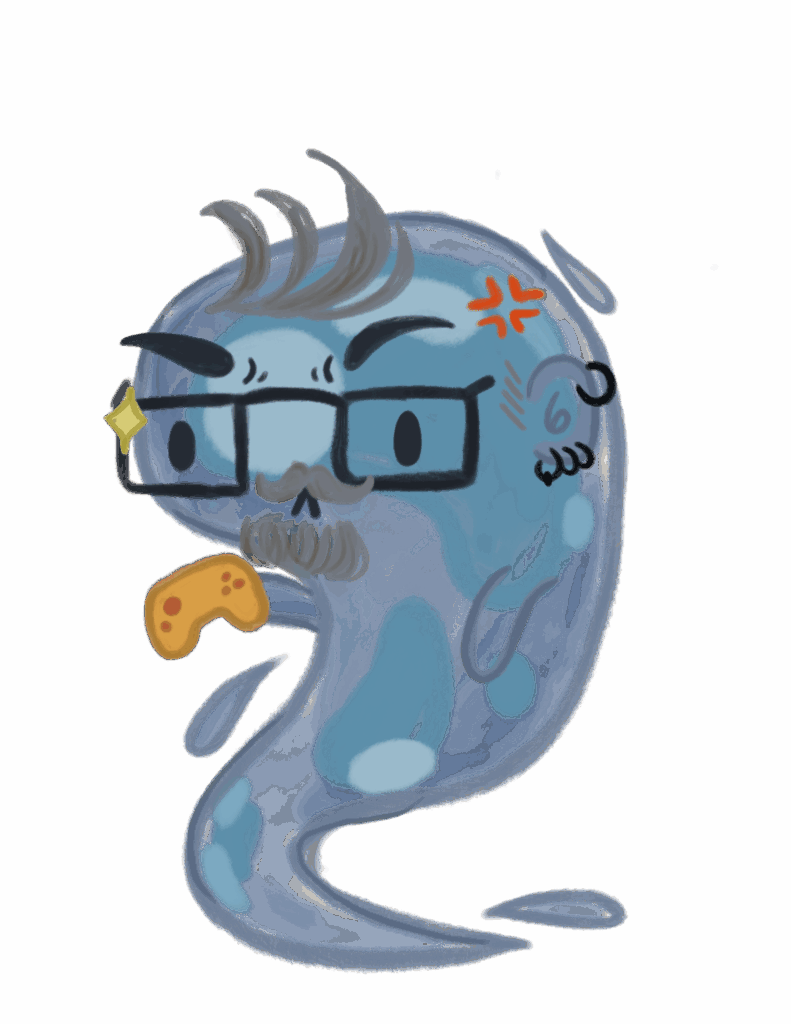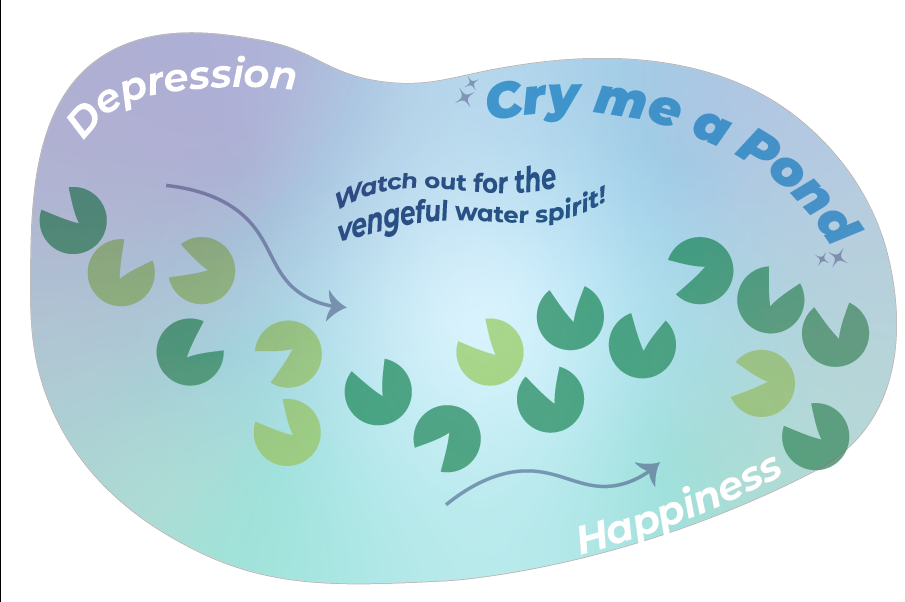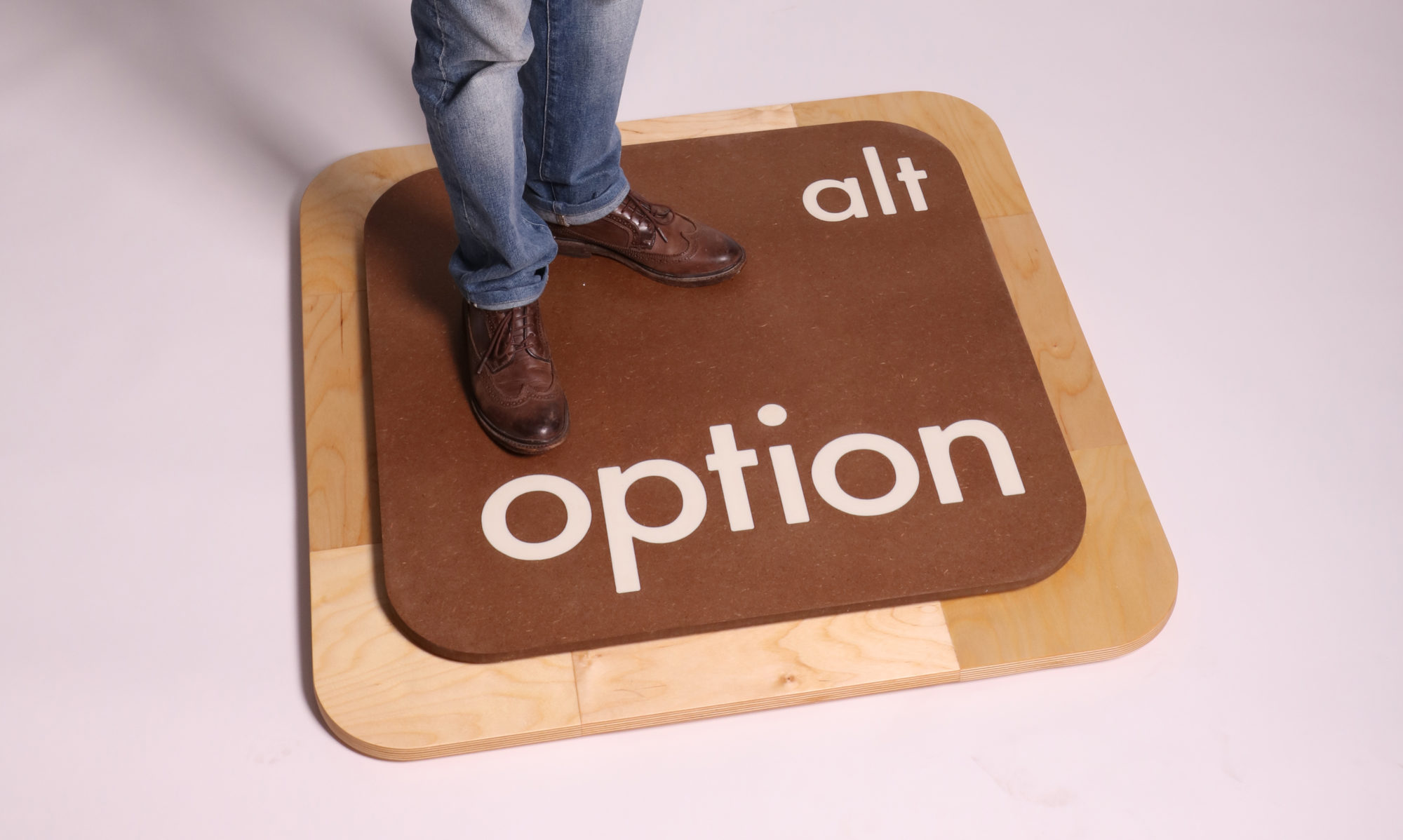Short Summary
The game, “Cry me a Pond” is about sharing experiences that create a sense of empathy among students that have experienced the struggles of life, generally through college, coming of age, and of course game design. While the game has a generally niche audience, the concept is based on sharing thoughts, feelings, and answering real questions that were part of the reading and assignments posted on Professor Ames’ website.
Primary Audience:
Generally the audience is media arts students that have a general understanding of being in a creative funk, but it can also be played by students who have general knowledge of game design skills.
Design Process & Thought Process
Iterative Design:
Amber: For the game board design, I decided to just do a simple pastel blue/green/purple gradient. I chose these colors because they are soothing and relaxing, which felt fitting for an empathy-based game. We decided to cut the pond shape out and I placed different colored lily pads as the spots to move on the game board. The font is simple, sans-serif, clean. We used Montserrat specifically.
The happy and sad card designs are very reminiscent of the pond game board design. The use the same gradient in the background with the same fonts. The backs of the cards are very simplistic, with a vector symbol to indicate the type of card and the words “Cry Me a Pond” for branding. The size of the cards are 3.5 x 5.75 inches, making them fairly large.
Thinking about what I would do differently for future versions, I don’t think I would change much aesthetically. I think the simple, pastel aesthetic is fitting for the type of game we decided to make. I would change a little bit of the board design though, since people were a little bit confused about what lily pad to move to next. I would also toy around with the idea of having some of the spaces become “flooded”, so maybe the lily pads are extra game pieces aside from the board.
Sara: For the design of the “Vengeful Water Spirit” I decided to create the ‘sprite’ using Procreate on my ipad. I stuck to a more chibi style of the Ames-esque look, as I wanted to maintain the simplicity of the overall style of the game Amber created with the soothing and relaxing colors, while also adding the comedic value to the character.
The water spirit cards also follow the basis of how Amber created the happy and sad cards, with a similar gradient, but in the color orange (as its Ames’ favorite color) and simplistic with the drawing of the vengeful water spirit in the middle of the words “Cry me a Pond – Vengeful Water spirit Professor Ames” the size of the cards is consistent for the game, being 3.5 x 5.75 inches.
Thinking about what I would do differently for different versions, I would have to agree with Amber on sticking to the same overall aesthetic and the new features she mentioned. For myself, however, I think I would spend a bit more time considering what the Vengeful Water Spirit cards would say, so there’s more aspect to knowing the concepts we learned in Game Design.


Game Mechanics:
Players will collectively roll a die as a group, and communicate their feelings and thoughts according to what type of card they get from the three types. Based on their roll, being a 2 or a 6 or what color lily pad they land on. The game only ends once players reach “happiness”
Player Goals:
To discuss emotional experiences with fellow classmates, while also practicing your understanding of concepts mentioned in Game Design classes with Professor Ames.
Literally (in the game rules): get to happiness.
Gameplay Sequence:
When the game is set up, with the gameboard in the middle, and three piles of both happy and sad cards, one player will roll the die for the whole group (players can alternate amongst themselves who rolls the die each turn) with the role player will then move the duck the number of spaces as indicated on the die EXCEPT IF YOU ROLL a 2 or 6. If you roll a 2 or 6, pick up a Vengeful Water Spirit card and follow/discuss the card . DO NOT MOVE. However, If you land on a dark green space, pick up a happy card (the smiley face 🙂) and if you land on a light green space, pick up a sad card (the teardrop) after this is performed a few times – the game is over when you reach happiness.
Game Board & Components:
Our game board is both literally and figuratively a pond, where the one end of the board is depression and the other end is happiness. You want to move towards happiness so you use your duck to hop along the lily pads. The duck represents the whole group’s progression from depression to happiness. This definitely needs improvement in future versions since the current method of movement was confusing to players.
The different colored lily pads indicate the different cards that you need to pick up, with the light green being the sad cards and the dark green being the happy cards.
The other components of the game are the happy, sad, and vengeful water spirit cards. The happy and sad cards ask thoughtful questions to try to arouse meaningful discussion amongst the players. The vengeful water spirit cards are specifically game design oriented questions, that are more so based on memory recall, versus a meaningful emotional discussion.

Rulebook and Playtesting
Rulebook Sample:
Playtesting Notes:
The biggest lesson we learned from playtesting was that we need to work on a better way to balance the amount of times you get an Ames Vengeful Water Spirit card amongst all of the other cards. With the original rules and board set-up, it was nearly impossible for players to come across the vengeful water spirit just because they weren’t rolling the right numbers. There were also two few lily pad spaces on the board and it made the game go a lot faster than intended. So both the number of spaces on the board, the movement amongst the spaces, and how likely it is to come across the vengeful water spirit are all factors that we will need to improve upon in future versions.
Game Maker’s Play Test Notes – Cry Me a Pond
- What questions did your players have? Players started asking questions about the movement of the duck, especially when we started to modify the rules a bit to make the game go slower. They were also not entirely sure about the path of movement and what lily pad to go to next.
- How quickly did they learn to play? The players learned pretty quickly because a lot of it was simple discussion-based cards
- What kinds of interactions did the players have? Players engaged in really good discussions with each other, as was intended.
- What confused players? What space to move to next,
- What made players excited? The idea of the Ames water spirit card
- What did your players enjoy doing? Players seemed to enjoy answering the questions and listening to other players’ stories and answers.
- Did any aspect of the game frustrate players? I think the movement more than anything, but also players didn’t like the game design-related questions as much (kind of reinforcing the concept of the game though).
Game Reflections:
Sara: I overall believe that this game has genuine value from its creation, and from its concept and playtesting. I really enjoy working with Amber, and being able to knock out a game really quickly that combines our sense of humor, and love for game design as a whole has been really enjoyable.
With the concept creation we also had a lot of fun, and found humor and lightheartedness in making our very appreciated professor into a silly vengeful water spirit. I also think that the value that came from playtesting was that others understood and appreciated the concept of letting loose and feeling your emotions, while also understanding the importance of how game design works is like a combination of both malicious compliance with Professor Ames in making a game, but also a nod to his hard work in getting us to appreciate the concepts of game design.
Amber: I’m honestly pretty proud of this game. While it first the crazy concept of it started out as a joke, it seemed to actually be a feasible empathy-based and educational game. I really wanted to make a game that captured my feelings of being so emotionally overwhelmed with everything going on and then at the end of the day having to still go home and work on design projects (like game design..). We definitely didn’t make this game out of hate for game design, but out of love, and the feeling of unfortunately feeling too burnt out to make a game that we are passionate about and proud of.
For future iterations, I think we could definitely add more discussion cards. I think we could lean into the happy and sad a little bit harder, besides some of the more general questions that we asked. Like we mentioned earlier, the game board design also needs some work, particularly in the layout and the number of spaces. The rolling of the dice is also a kink to be worked out eventually.
I also think it would be interesting to play around with the idea of the pond flooding or drying up, so that it affects the board’s spaces. We originally wanted to make Ames have laser eyes that would dry up the pond and you would have to “cry” (really just talk about your feelings) in order to make the pond fill back up again, thus allowing you to move. I think it would be worth it to revisit this concept in some fashion.
Finally, I think there is an alternate timeline where we could have this game not just be relevant to game design students, but we could still have some kind of general “monster” that people want to avoid. Maybe the monster is asking math or history questions..

This was a fun game! I like mechanics as is although this Ames water spirit never came into play…
I didn’t think you needed more discussion cards when I played it. I do agree about experimenting with a different game board layout. I don’t fully understand the drying up pond idea but always worth exploring! I posted my thoughts!
Very thorough case study! Good job!
I loved this game so much, this case study was a cool read!